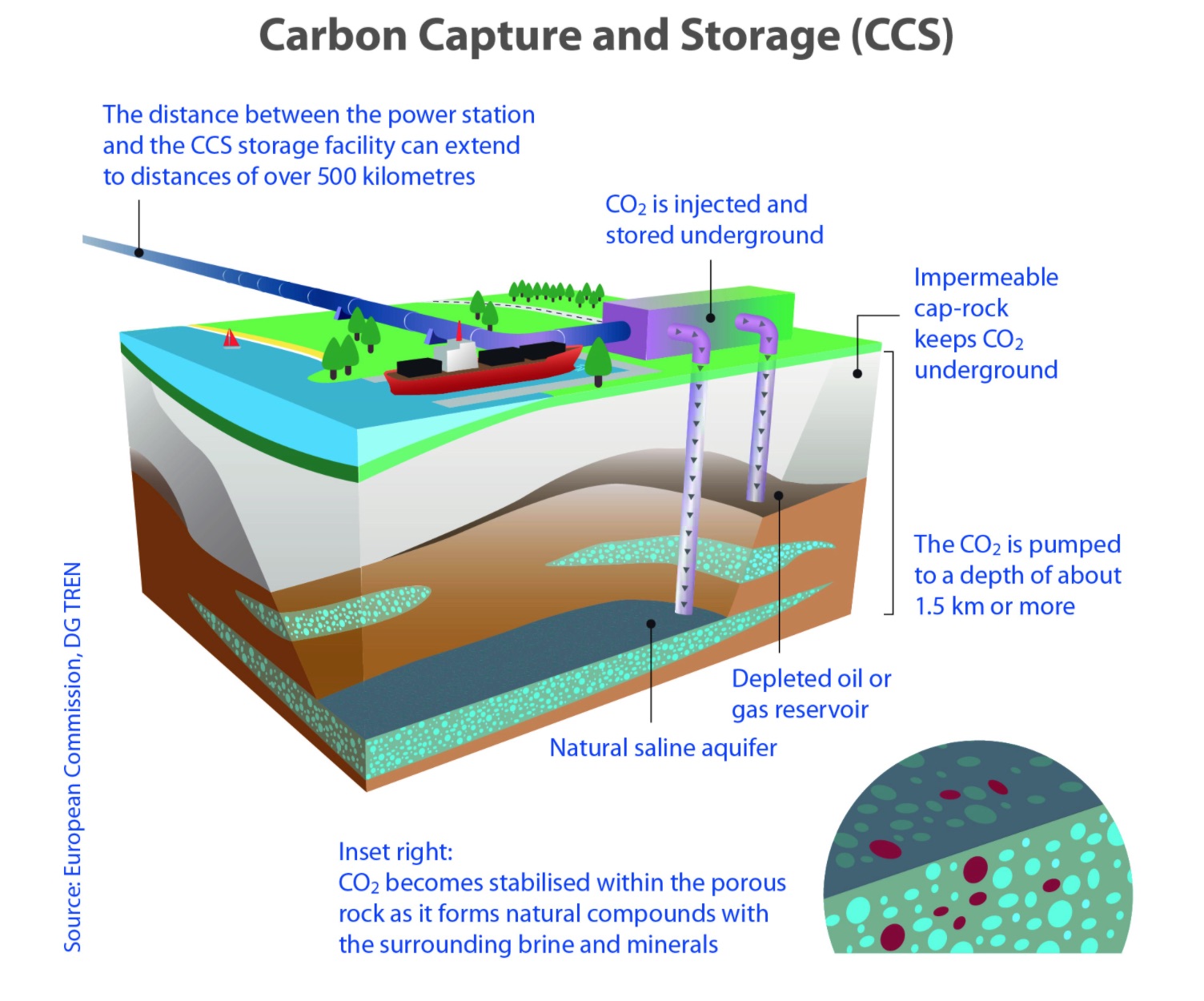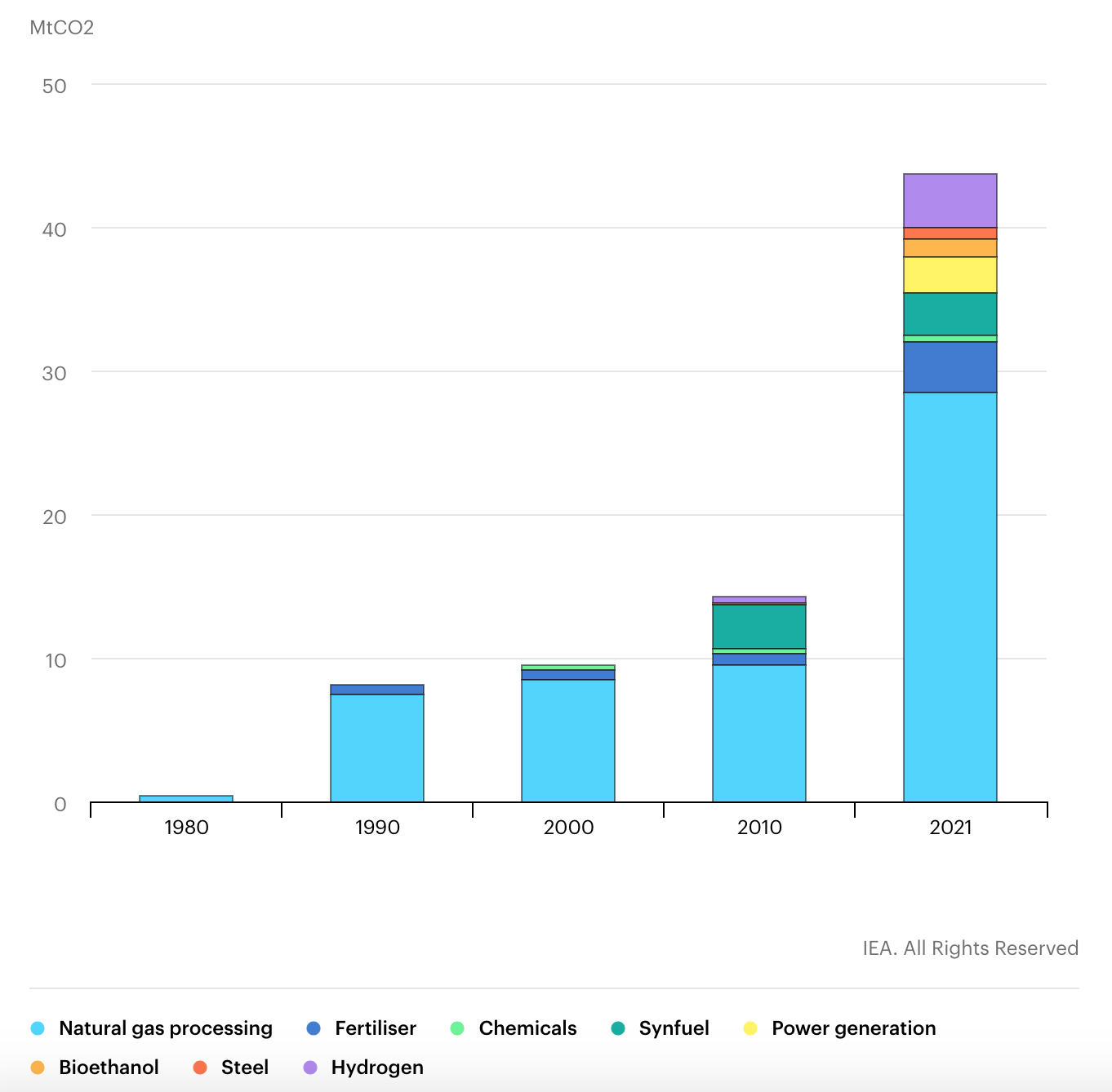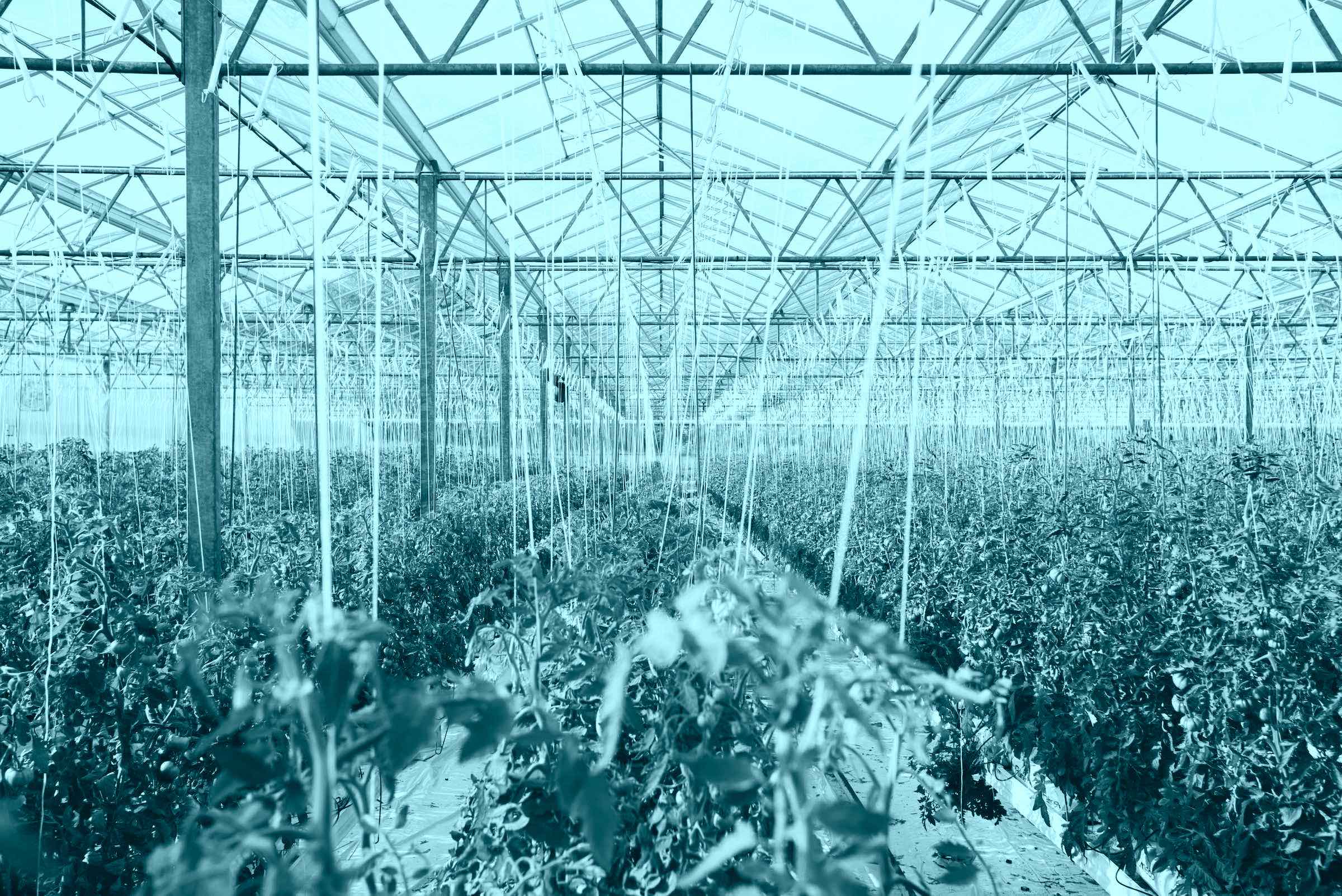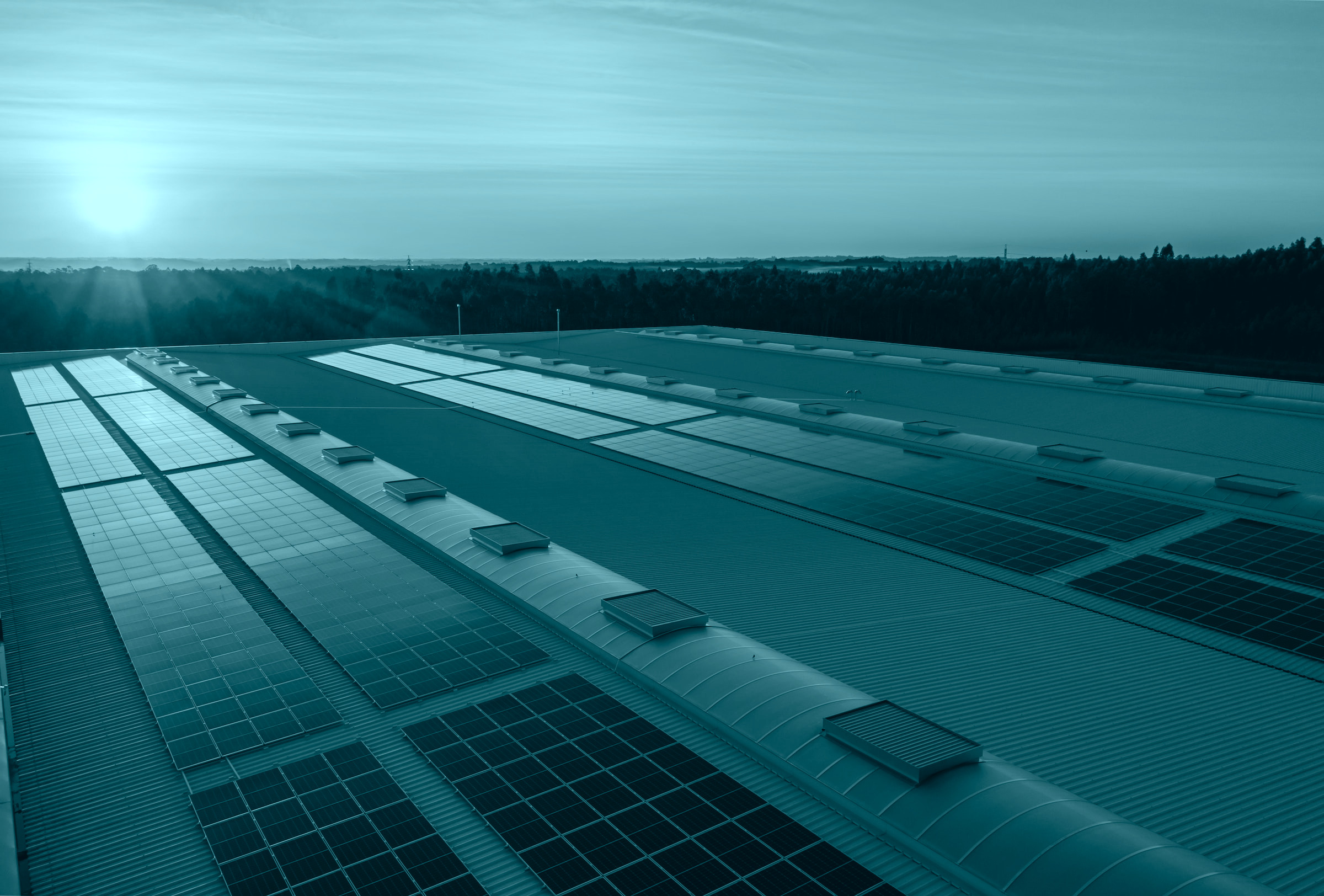The net-zero emissions goal is part and parcel of limiting global warming, as outlined in the Paris Agreement on climate change. This will involve not only reigning in harmful emissions, but also capturing those that will inevitably continue to be pumped into the atmosphere.
Enter Carbon Capture and Storage (CCS), the process that involves capturing harmful CO2 emissions from power plants and heavy industry only to then inject them in deep underground storage facilities.
CCS has featured in – often animated – talks about climate change mitigation for decades, leading to mixed views on its future and real potential. Whereas some see it as a silver bullet or a vital tool, for others it is – at best – simply sweeping the “emissions problem” under the rug.
NEW: The ethanol industry is betting heavily on carbon capture and storage (CCS) to lower its GHG emissions.
But it's a risky bet: CCS has often underperformed, a federal incentive is stalled, and carbon pipelines are hugely controversial.
My latest: https://t.co/7v9BE0KVLj
— Leah Douglas (@leahjdouglas) March 11, 2022
What is certain is that there is a resurgence in talk about CCS and a growing recognition that it will be necessary to meet national, regional and even corporate net zero goals.
For example, Copenhagen is implementing CCS technologies in its waste facility systems as part of a larger effort to become the world’s first carbon-neutral city and companies such as Microsoft, United Airlines and others have also invested in CCS technologies to meet their corporate climate targets.
But why not just stop emitting instead of relying on new technologies that can capture carbon? According to the International Energy Agency’s Net Zero by 2050: A Roadmap for the Global Energy Sector report, current climate pledges made by governments will not bring global energy-related carbon dioxide (CO2) emissions to net zero by 2050.
Furthermore, the report highlights how, “Most of the global reductions in CO2 emissions between now and 2030 in the net zero pathway come from technologies readily available today. But in 2050, almost half the reductions come from technologies that are currently only at the demonstration or prototype phase.”
CCS is one of those future technologies which are considered essential towards lowering emissions and therefore mitigating climate change.
The current state of CCS
CCS technologies are, for the most part, still in the prototype and demonstration phases of development. This means that, although they are being tested and even used, they are still not widely available for commercial use.
Although techno-optimists believe that large-scale deployment of CCS technology would allow countries to “decarbonize” effectively, skeptics posit that overreliance on these technologies could be dangerous and ultimately acts as a distraction from more important progress in lowering emissions in the first place.
In 2021, there were 31 commercial CCS facilities in operation or under construction around the world with the capacity to capture 40 million metric tons of CO2 per year.
However, research by the Global CCS institute indicates that CCS worldwide will have to grow by more than a factor of 100 by the year 2050 if the Paris Agreement climate targets are to be met. This would entail the construction of 70 to 100 facilities a year.

According to the Intergovernmental Panel on Climate Change’s Special Report on Carbon Dioxide Capture and Storage, this will only be possible if coordinated policies are implemented that help bolster both the demand and supply side.
This could include measures such as encouraging research and development, carbon pricing policies, subsidies and clean energy standards that industry players using CCS technology can access.
In fact, CCS is important because, although the push towards renewables is helping transition the energy sector to decarbonization, fossil fuels still account for a large share of global CO2 emissions from the energy sector. Furthermore, heavy industries such as cement, iron and steel, aluminium, pulp and paper, and refineries, will inevitably continue to emit carbon.
Implementing CCS technologies at these plants can help reduce their impact, with proponents saying that up to 85% to 90% of carbon emissions can be captured.
Currently, plans for large scale CO2 storage are being implemented in numerous countries around the world with some large, commercial-scale projects, such as the Sleipner CO2 Storage Site in Norway and the Weyburn-Midale CO2 Project Project in Canada, already injecting CO2 into the ground. More recently, other large-scale efforts have begun in China, Australia, and Europe, reflecting the resurgence of interest in CCS and the beginning of a move from the prototype phase to that of implementation.
Understanding Carbon Capture and Storage
The main steps to CCS can be broken down into three phases: capture, transportation, and storage.

In the “capture” stage carbon is taken directly from the source of the emissions. This means removing CO2 from flue gas – which is a mixture of combustion products and includes water vapour, carbon dioxide, particulates, heavy metals and acidic gasses – using a variety of chemical processes and scrubbers, which remove pollutants.
This is different from Direct Air Carbon Capture and Storage (DACCS) where CO2 removal is not linked to the source of emissions, such as power plants, but rather taken directly from the atmosphere. Although DACCS has the advantage that it can be deployed anywhere, including at the same site where storage will take place, it is more costly to capture CO2 from the atmosphere, where you have around 410 ppm CO2, compared to capturing it from a flue gas, where you typically have around 10% CO2.
The second phase of CCS involves compressing and transforming the CO2 into a fluid so that it can be transported to a storage site. This transport is done either via pipelines, ships or other vehicles.
Finally, the liquefied carbon has to be injected deep underground. Typically, storage sites include former oil and gas reservoirs, deep saline formations, and coal beds.
CCS can therefore help industry to continue functioning whilst lowering emissions. However, each of the three steps outlined above presents its own set of challenges.
Putting captured carbon to use
Captured carbon is not only being stored but can also be put to use – what is known as Carbon Capture Utilization and Storage (CCUS). In this process, captured carbon can be used to produce manufactured goods, as well as in industrial processes.
One of the main current uses of captured carbon is for enhanced oil recovery (EOR). This refers to a technique of oil extraction where CO2 and water are used to drive oil up the well, improving oil recovery and sequestering the CO2 underground.
However, there is a certain irony in using captured carbon to extract even more fossil fuels, leading to a questioning of the mitigation credentials of this approach.
Increasingly ambitious climate goals are providing a boost for the development of CCS, with plans for more than 100 new facilities announced in 2021. CCS technologies will therefore become ever more important in reaching net zero targets particularly in the realm of removing the inevitable emissions that will arise from heavy industry.
However, although recent progress has left many experts feeling encouraged, the IEA’s latest roadmap of future CCS projects reveals that they would still fall well short of delivering the 1.7 billion tonnes of CO2 capture capacity by 2030 required for the Net Zero by 2050 scenario.
Skepticism still runs high
Yet not all are convinced about the efficacy of betting heavily on CCS, leading to a heated debate. According to a 2021 report by researchers at the UK’s Tyndall Center for Climate Change Research: “The technology still faces many barriers, would only start to deliver too late, would have to be deployed on a massive scale at a scarcely credible rate and has a history of over-promising and under-delivering.”
“Governments are just far too optimistic about technologies that capture and store carbon emissions. Not only are these technologies largely unproven but we simply don’t have enough suitable places to store the large amounts of carbon that would need to be captured,” explains Toshikazu Ishihara, senior researcher at the Renewable Energy Institute.
Practical storage locations are not always readily available and transport can therefore become expensive and inefficient, not to mention the risks associated with carbon leakage from the storage sites.
Carbon capture and storage is not only 1) a false climate solution; 2) a publicly funded sewer system for #fossilfuel industry; it’s also 3) public health menace.
Danger Ahead: The Public Health Disaster That Awaits From Carbon Capture and Sequestration https://t.co/WraB3F3cfu
— Dr. Sandra Steingraber (@ssteingraber1) February 12, 2022
“Carbon capture and storage is impractical and simply sweeps the problem under the carpet, leaving it for the next generations to deal with,” continues Ishihara who also explains that one of the greatest barriers to the large-scale deployment of CCS technologies are the high costs linked to the necessary equipment and energy required during both the capture and storage phases.
Still further, transportation is also considered a barrier as large amounts of energy are needed to compress and chill CO₂ as well as keeping low temperatures throughout pipelines, which would need to be built for purpose as existing oil and gas pipelines are unsuitable.
Finally, research conducted by geophysicists at Stanford University in 2012, indicates that storing carbon underground could be risky and pressure buildups may cause the reservoirs to leak and even lead to seismic activity.
A view that was further investigated in a 2020 study on the effects of carbon leakage on localized earthquakes in Japan where deep wells close to a large site are believed to have played a role in the 2018 Hokkaido Eastern Iburi earthquake.
Part of a larger picture
It is increasingly evident that CCS is not a silver bullet that can solve the climate crisis by itself and that issues with its large-scale deployment will continue into the foreseeable future. However, it is also evident that if placed within a portfolio of mitigation actions CCS can provide a valuable contribution to low carbon futures.

This is important as setting more ambitious targets can help galvanize emissions reductions and lock governments into low carbon pathways.
Climate scientist Dr. Zeke Hausfather explains, in a long thread on Twitter: “Carbon dioxide removal (CDR) is needed to counterbalance the hard to decarbonize tail of emissions, as well as to draw atmospheric CO2 back down and cool the planet in the future. Simply stopping CO2 emissions will not reduce global temperatures, the only way to do that is CDR.”
A recognition of the future need for CCS technologies is also found in the 2018 IPCC 1.5C report, which set out four pathways to reach net zero emissions, three of which contain CCS as a core feature.
Furthermore, CCS is increasingly being linked to low carbon energy sources such as blue hydrogen, which can be produced using existing fossil fuel-based power plants whilst capturing harmful emissions released in the process.
The resurgence in interest in CCS has led some experts to posit that this could be the breakthrough moment for carbon capture and storage as long as it goes hand in hand with mitigation efforts rather than seeking to substitute them.






